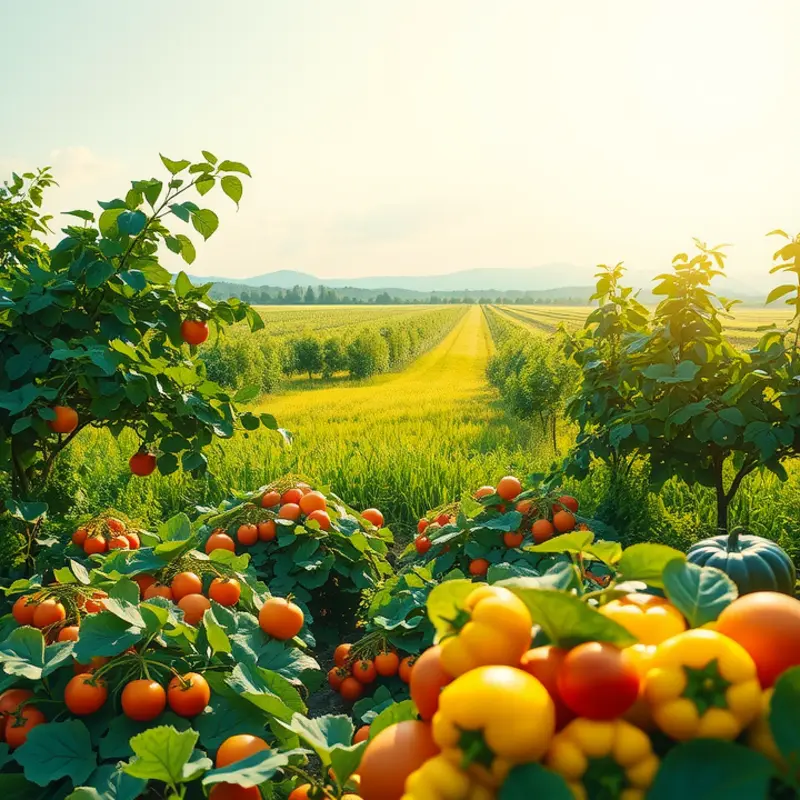Soggy dishes can wreak havoc on the enjoyment of a beautifully cooked meal. Whether you’re a novice cook or a seasoned chef, understanding how to prevent sogginess in your dishes is key to achieving that perfect texture. From vegetables to baked goods, learning a few practical tips can elevate your cooking game and make every meal a delight. Let’s dive into essential strategies to keep your culinary creations crisp and appealing.
Understanding the Sogginess: What Causes It?

Sogginess, an often unwelcome texture in culinary endeavors, results from a variety of factors. Excess moisture remains the primary culprit, whether it’s from the ingredients themselves or the cooking process. Understanding these factors helps in combating unwanted sogginess.
Vegetables like mushrooms, zucchini, and tomatoes are notorious for high water content. When cooked, they release moisture, flooding the dish if not managed properly. Meat also contributes to moisture. For example, chicken releases juices when overcooked, leading to a watery outcome.
Grains, such as rice and pasta, may seem innocuous, but improper cooking can leave them overly moist. Cooking time, added liquid, and humidity levels all significantly impact the final texture. Grains like quinoa and couscous require precise water ratios to avoid a mushy mess.
Successful drying techniques start with proper washing and drying of ingredients. Carefully pat dry vegetables and proteins to remove excess surface water. This small step can significantly reduce retained moisture. When preparing grains, rinsing before cooking can help eliminate excess starch, which can thicken and add to sogginess.
Adjust your cooking methods to ensure improper technique doesn’t result in sogginess. High-heat methods such as roasting or grilling can help evaporate moisture, maintaining a crisp texture. Frying, when done properly, sears the exterior, creating a barrier that locks in natural juices without letting them seep out and make the dish soggy.
Timing is equally crucial. Overcooking any ingredient can exacerbate the release of water. Remaining attentive during the cooking process allows you to adjust heat levels and timing to compensate for visual and textural cues.
Moreover, the importance of proper draining cannot be overstated. Ingredients like pasta should be drained thoroughly, and vegetables should be allowed to rest after cooking to release inherent juices. Plating immediately after cooking can trap this excess moisture, diminishing effort put into achieving a perfect texture.
Sound storage practices ensure that prepared dishes retain their intended textures when reheated. To further explore storage techniques, see the guide on eco-smart kitchen storage. Using this information can ensure a greater chance of maintaining a fresh, crisp outcome, even after reheating.
By embracing these practices, you not only prevent unwanted sogginess but elevate your dishes into culinary masterpieces. Understanding these elements allows you to craft meals that not only delight the taste buds but also achieve the perfect texture.
Simple Techniques for Keeping Dishes Crisp

Achieving the perfect texture in your culinary creations often depends on precise techniques and careful attention to detail. Leafy greens, for instance, can easily turn from crisp to wilted. One simple, effective method to maintain their crunch is a salad spinner. After washing your greens, a few spins will remove excess water. Dry surfaces are essential to crisp texture. This principle similarly applies to other vegetables.
For vegetables like broccoli or beans, the blanch and shock method works wonders. Begin by briefly submerging them in boiling water, then swiftly transfer them to a basin of ice water. This process halts the cooking, preserving their vibrant color and crunchy texture.
Starches such as pasta and rice often lose their desirable texture if not handled properly. By pre-cooking and draining these until just al dente, you can avoid steam buildup that leads to mushiness. Quickly cooling them under cold water sets their doneness, allowing you to finish them in sauces or dishes later without overcooking.
When it comes to cooking methods, roasting is superior to steaming for maintaining texture. Unlike steaming, which traps moisture, roasting in an oven lets moisture escape. This results in a naturally caramelized surface that is both flavorful and crisp. If you’re interested in safer ways to store roasted vegetables once cooked, check out this eco-smart kitchen storage guide.
Proper storage technique also plays a pivotal role in maintaining crispness. Use breathable containers to prevent condensation from building up, which can make your food soggy. If you need to refrigerate your meal, wait until the food cools to room temperature before sealing it. This strategy helps reduce internal moisture content.
Incorporating these techniques consistently will transform your cooking. Not only will your dishes maintain impeccable texture, but each bite will be packed with the satisfying crunch or al dente bite you desire. Paying attention to moisture management is key. These methods, paired with other mindful cooking practices, open the door to texturally perfected meals. Simply put, with some practice, you’ll master the art of keeping your culinary creations crisp.
Final words
Preventing soggy dishes is a valuable skill that every home cook can master. By understanding the causes of sogginess and applying simple, practical techniques, you can significantly enhance your cooking skills and the enjoyment of your meals. Remember, crisp dishes not only look better but also taste better, contributing to a well-balanced dining experience. Keep experimenting and refining your methods, and soon, sogginess will be a thing of the past in your kitchen. Embrace these tips, and your family and friends will thank you for the delightful dishes you serve!







